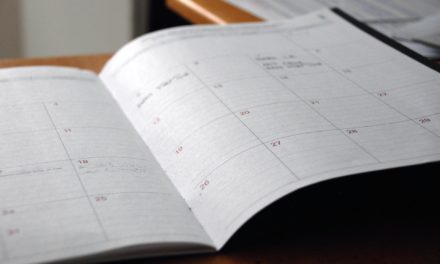S Software development is an inherently creative art, despite its clear mathematical and logical aspects. Even when writing up a straightforward single-purpose library, it’s worth considering an optimal structure, code reuse, regression test inclusion, etc. This is doubly true of large-scale projects. All the same, people I’ve collaborated with over the years have widely different takes on where music and background noise factors in. I’ve known some who put headphones on as Pandora runs all day, while others put on noise-canceling headphones . . . then mute their PC so they don’t hear anything all.
I’ve noticed that I do best with a mix of instrumental music and modest ambient noise. I’ve been a coffee shop afficionado for many years, and my creative work (whether it’s writing code or prose) peaked when it had some background activity. Granted, days where it got excessively loud, like when I heard a large table of twelve carrying on next to me or someone angrily shouting into their cell phone, it was the opposite and I needed to turn up my volume to not let my work get disrupted.
That got me wondering if there are any studies looking specifically at that effect. While I couldn’t find something on programming directly, here’s a still quite relevant one on noise’s effect on creative mental processing: “Is Noise Always Bad? Exploring the Effects of Ambient Noise on Creative Cognition”[1]Mehta, Ravi, Rui (Juliet) Zhu, and Amar Cheema. “Is Noise Always Bad? Exploring the Effects of Ambient Noise on Creative Cognition.” Journal of Consumer Research 39, no. 4 (2012): 784–99. … Continue reading

The humble coffee shop, quintessential source of good ambience
Previous research has pretty much proven that seriously loud noise—think lawnmowers and jet planes taking off in the distance—disrupts productivity of all types. This study is interesting in that it hypothesized that there’s a range of noises and that the right level will instead be stimulating. Furthermore, it’ll aid creativity. Here’s how they tested it in experiment #1:
- They combined recorded real-world samples of conversations in cafeterias, the sound of cars zooming by in roadside traffic, and construction work echoing through a city into a single soundtrack.
- This combination was then mixed at low/moderate/high levels of 50/70/85 decibels, respectively.
- They created four subject groups, one each in the volume categories, combined with a control group taking the test inside the quiet lab (average of 42 dB).
- The subjects took the Remote Associates Test (abbreviated RAT . . . seriously) to assess creativity.
The conclusion: the moderate/70 decibels idle background noise group did the best in the RAT test, while the high-noise group was seemingly rushed by stimulus overload into answering more quickly than the others and had worse results.
For experiment #2, they narrowed their focus. New parameters:
- They dropped the control group, as its scores were similar to low noise in experiment #1 (makes sense really; it was a difference of 42 vs. 50 dB and previous studies don’t show an impact at low volume).
- RAT got replaced with a brainstorming test where they needed to come up with creative ideas for new products in a mattress business. The researchers tracked how long it took them to devise ideas, then had a group of twelve “judges” pulled from the same pool of subjects who subjectively analyzed the quality of their creativity.
- They also measured their mood and construal level. See [2]Trope, Yaacov, and Nira Liberman. “Construal-Level Theory of Psychological Distance.” Psychological Review 117, no. 2 (April 2010): 440–63. https://doi.org/10.1037/a0018963 for details on how that works.
Yet again, the high noise group did the worst with the fewest ideas generated, rushing through with the least time spent, and with ideas judged as less creative. The 70-decibel group did the best in each of these metrics, though note that in many cases the low-noise group did comparably.
They continued to hammer their hypothesis with three more experiments. None are particularly interesting for our purposes: the 3rd added in arousal measurements by adding heart rate and blood pressure, the 4th changed up the creativity task while maintaining elements from the first three, and the 5th moved the tests to the real world by measuring in a busy part of campus. Rather than dive into the details of those, let’s cut to the chase: moderate/70 decibels of background noise led to greater creativity, idea generation, quality of ideas, etc. throughout these experiments. High volume definitely impeded it, while low was generally “OK” but suboptimal.
This lines up with my subjective experience working in coffee shops and offices of various volumes. I do my best work with a modest background buzz, preferably where I can’t make out individual voices, and combined with energetic but low volume instrumental background music. I suspect that for many software developers who’ve voiced issues with background noise, it has more to do with wide-open bullpen offices that have phones ringing off the hook and loud sales staff and managers talking all day. They would be better served handling their environment with noise-canceling headphones and experimenting with simulated ambiance.
Here’s my pick for just that: Dr. Stéphane Pigeon’s noise generator site’s excellent coffee shop ambiance generator. I discovered it when the pandemic forced me to drop my coffee shop habit and my productivity was suffering from working in silence. I now have this generator and Pandora instrumental stations playing while I work, and it’s been great for my productivity. Give it a try, and to give credit where it’s due: I discovered the study discussed in this post via a link in his blog.
References
| ↑1 | Mehta, Ravi, Rui (Juliet) Zhu, and Amar Cheema. “Is Noise Always Bad? Exploring the Effects of Ambient Noise on Creative Cognition.” Journal of Consumer Research 39, no. 4 (2012): 784–99. https://doi.org/10.1086/665048. |
|---|---|
| ↑2 | Trope, Yaacov, and Nira Liberman. “Construal-Level Theory of Psychological Distance.” Psychological Review 117, no. 2 (April 2010): 440–63. https://doi.org/10.1037/a0018963 |





